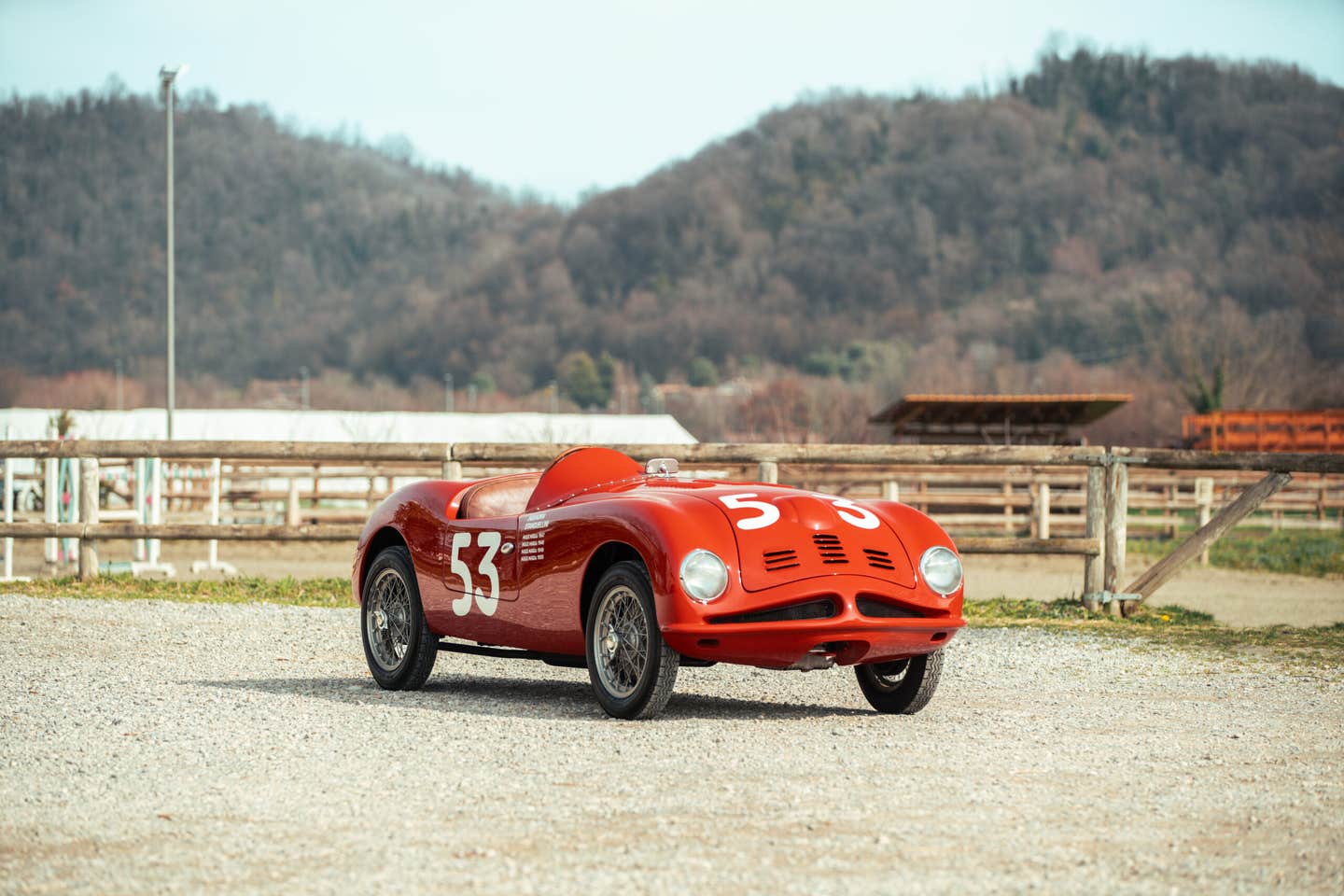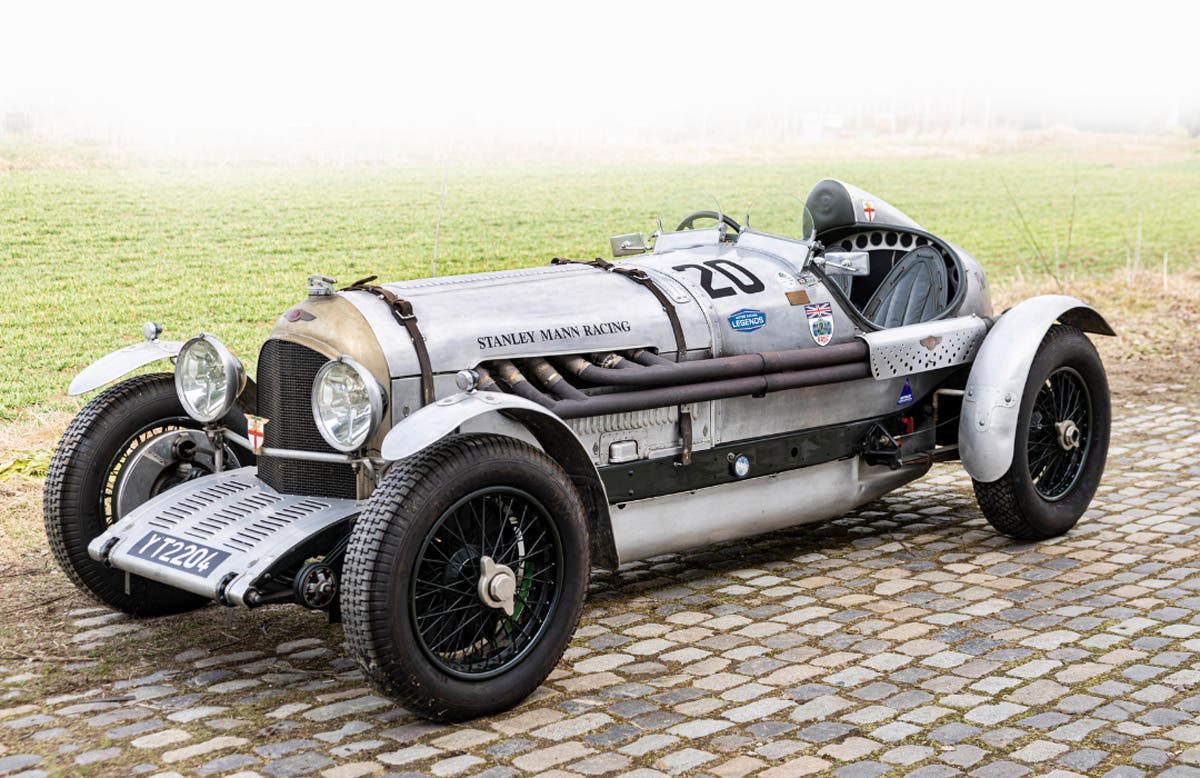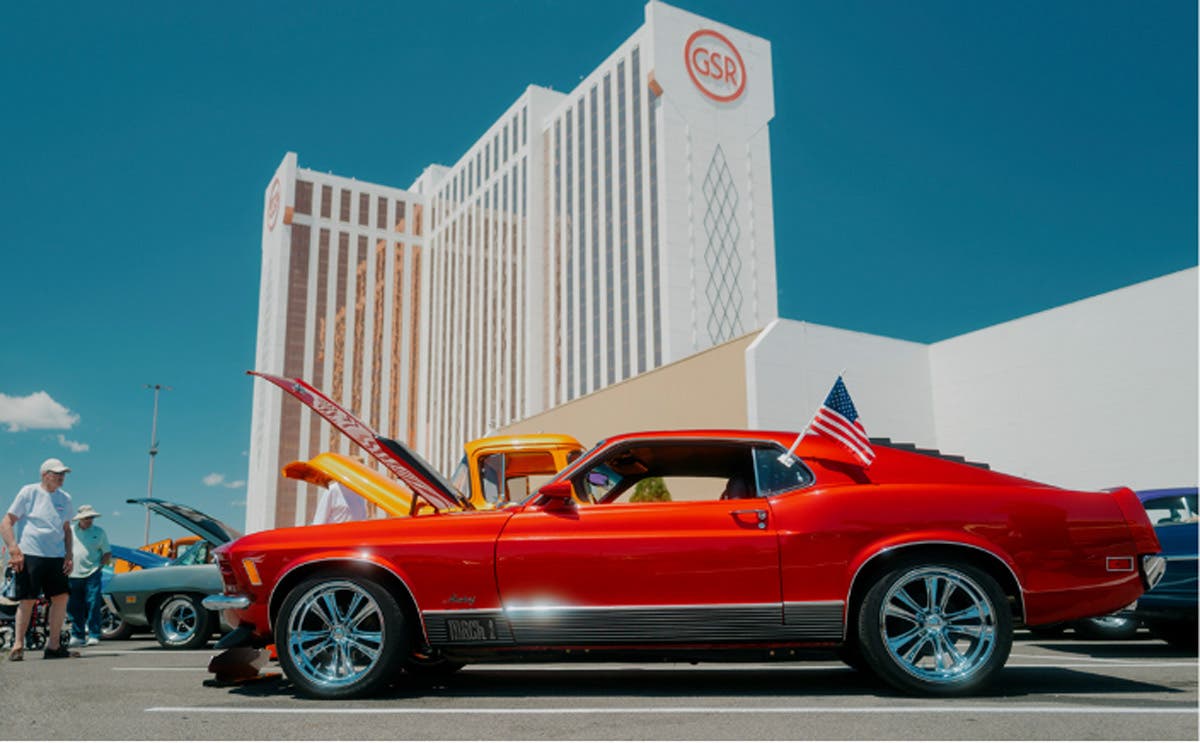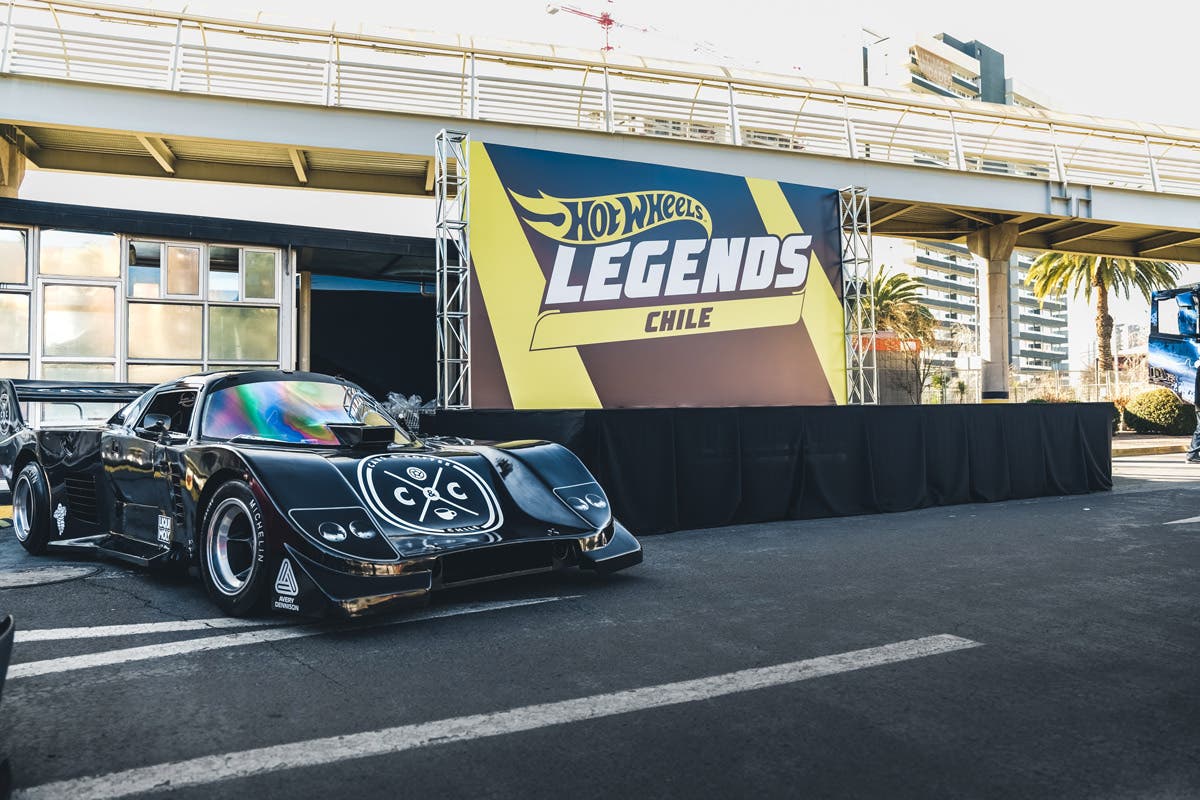Fab at 50: ‘New Star’ Avanti was born a half century ago
By John Hull The Studebaker-Packard Corp. board of directors appeared to be setting a course of action in early 1961 that would reorganize the corporation as a mini conglomerate. The…
By John Hull
The Studebaker-Packard Corp. board of directors appeared to be setting a course of action in early 1961 that would reorganize the corporation as a mini conglomerate. The new structure would have minimal, if any, reliance on what had been Studebaker’s primary business: the manufacture of automobiles.
Unfortunately, that division had become a perpetual money loser. The board’s plan would have eventually moved the corporation out of the automobile manufacturing business and built upon on the company’s early success in diversification.
All that changed on Feb. 1, 1961, when Sherwood Harry Egbert assumed the presidency of the Studebaker-Packard Corp. I believe Egbert’s non-automotive background was one of the primary considerations in his hiring. The board would soon discover Egbert, after a thorough review of Studebaker’s operations (especially the automotive division), found a lot to like. He felt the automotive operations were worth saving and set forth on a mission to try and resurrect its flagging fortunes. This would be the start of an interesting dynamic as the board of directors looked to end the automotive operations and a new president looked to save and grow it.
Egbert realized rumors of the demise of Studebaker’s automotive operations had begun to permeate the industry and the general public. The clock was ticking. It would take something extraordinary to reverse this perception and demonstrate Studebaker’s capabilities. The company would need a halo car, a star to brightly shine. Egbert realized this “new” car would have to be something dramatically styled and built at a minimal cost. I think it speaks to Egbert’s management and sales ability that he would even consider the project with the perceived mandate of the board of directors to diversify.
The designer of the new car seemed obvious. Egbert contacted world-renowned industrial designer Raymond Loewy on March 9, 1961, and asked to meet with Loewy about a new project for Studebaker. Loewy was a known quantity at Studebaker for his past innovative and radical design work, and he accepted Egbert’s challenge.
Loewy assembled a crack team of designers and sequestered them in Palm Springs, Calif. The design team was composed of John Ebstein, Robert Andrews and Tom Kellogg, who were prepared with a 1:8-scale model in early April 1961.
While the design work for the new model was under way in Palm Springs, Studebaker was gearing up in South Bend. After the 1:8-scale clay model was done, work began in translating it to a full-size clay model. On April 27, 1961, the completed full-scale clay was shown to the board of directors, which approved it for production. In roughly six weeks, the design went from drawings to a full-size model scheduled for production. Egbert set the timetable for introduction of the new model approximately one year away, at the New York Auto Show to be held in April 1962. No one must have pointed out that this was damn near impossible. If they did, Egbert didn’t listen.
The design of the new car to be built in absolute record time led to another set of potential issues. Studebaker could not afford a new chassis and drive train for the new vehicle. Eugene Hardig, vice president of Engineering at Studebaker, went shopping in-house for parts and components from existing Studebaker models that could be used with the new car.
Additionally, the decision was made to manufacture the new car body out of fiberglass, not the usual steel. Studebaker would have to purchase the completed bodies from the Molded Fiberglass Body Co. of Ashtabula, Ohio, as it had no real experience utilizing fiberglass as a body material.
To say the deck was stacked against Studebaker would be an understatement. On top of it all, Studebaker was definitely not a major player in the automobile business in the early 1960s. It had extremely limited resources and its very continued existence was in question. Sherwood Egbert realized this probably more than most, but he had a vision of what could be. If Studebaker were to go down, it would do so swinging, not sitting on the bench.
However, adversity sometimes brings out the best in people and organizations, and on April 26, 1962, the new Studebaker Avanti was introduced simultaneously at the Studebaker shareholders’ meeting in South Bend, Ind., and at the New York Auto Show. The new car sat under a banner reading “A new star is born.” Studebaker had pulled off the impossible.
For 1963, Studebaker built 3,834 of the trend-setting Avanti coupes. For the 1964 model year, just 809 were built through December 1963, when production ceased at Studebaker’s South Bend, Ind., automobile plant.
The Avanti had been a valiant effort to keep Studebaker alive, but Studebaker automobile production would die in March 1966 when the last Studebaker rolled out of the company’s Ontario, Canada, plant. The Avanti would live on, however, but without the Studebaker name.
John Hull is the author of “Avanti: The Complete Story” and “Avanti: Studebaker and Beyond.” He is also the current president of the Avanti Owners Association International.
Mark Your Calendar: The Avanti Owners Association International Inc. will hold its Avanti 50th Anniversary Meet Celebration in South Bend, Ind., July 29 through Aug. 4. Details can be found at www.aoai.org.
Got Old Cars?
If you don't subscribe to Old Cars Weekly magazine, you're missing out on the only weekly magazine in the car hobby. And we'll deliver 54 issues a year right to your mailbox every week for less than the price of a oil change! Click here to see what you're missing with Old Cars Weekly!
More Resources for Car Collectors:
- Classic car price guides, research, books, back issues of Old Cars Weekly & more
- Get expert restoration advice for your classic car
- Get car pricing, data and history all in one place
- Sign up for Old Cars Weekly's FREE email newsletter
- Need to buy or sell your classic car? Looking for parts or memorabilia? Search our huge online classified marketplace






